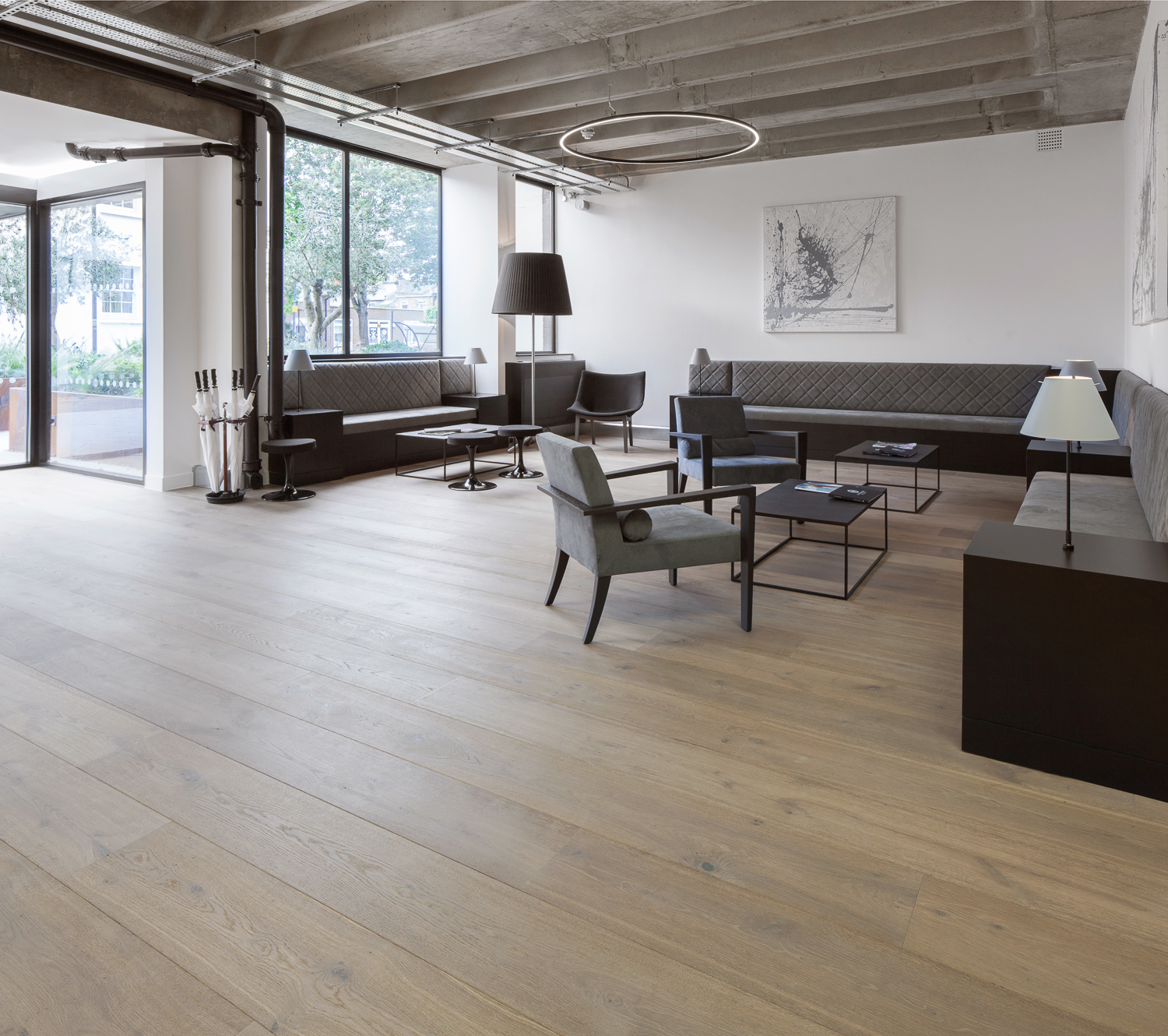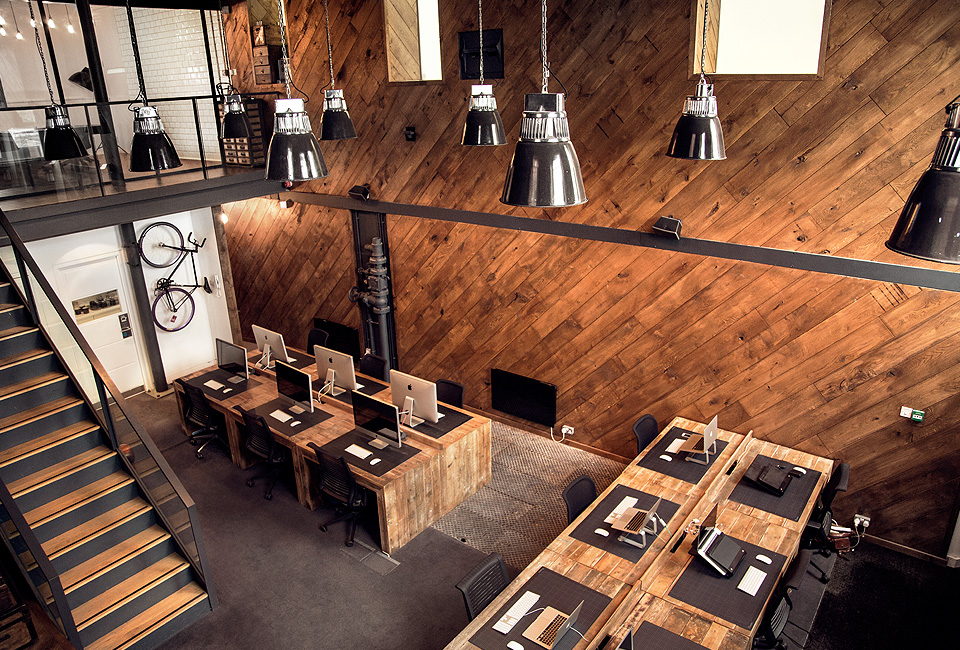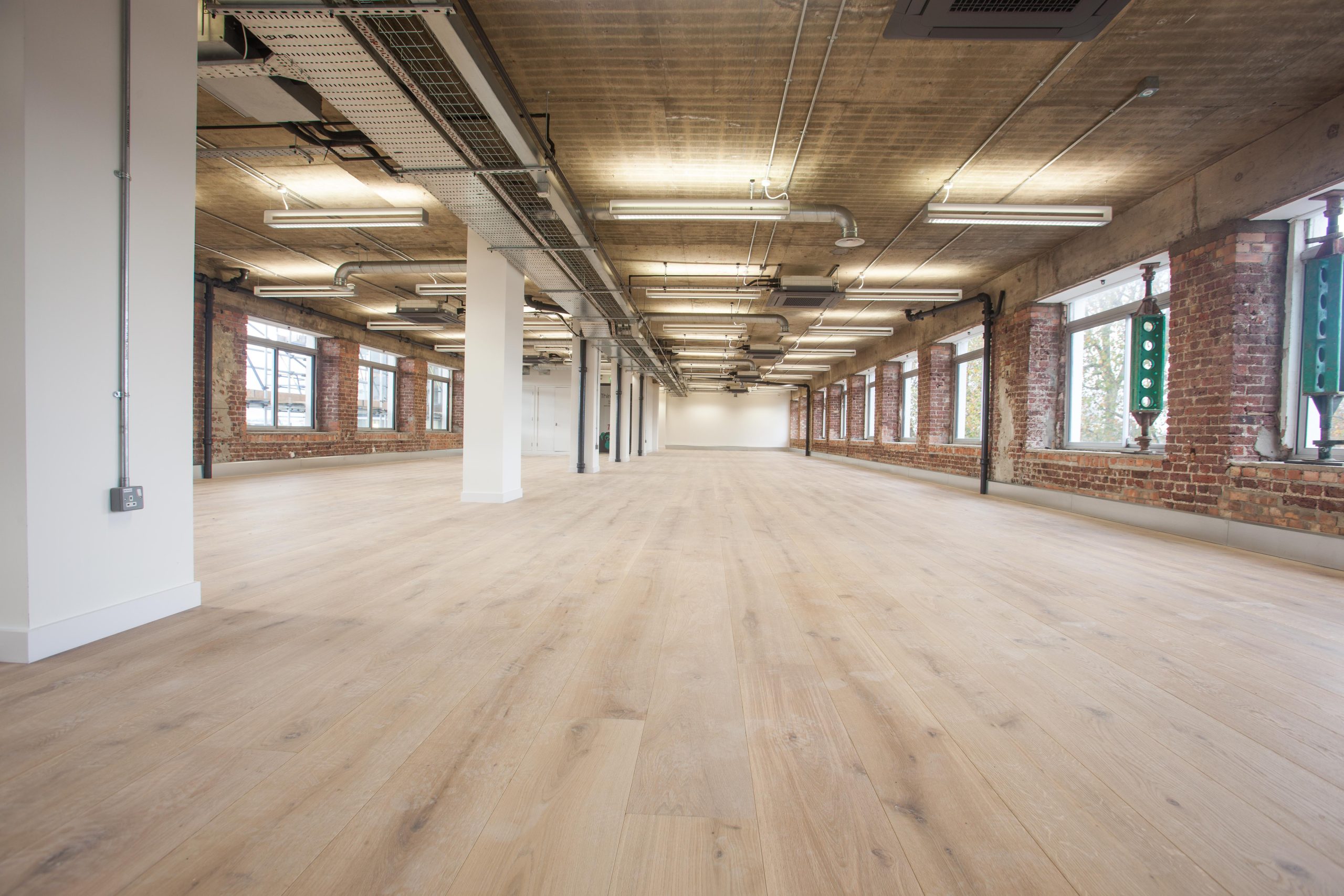
According to a new study prepared for Forest & Wood Products Australia by strategic research firm Pollinate and the University of Canberra — Workplaces: Wellness + Wood = Productivity; natural wood is the key to increased workplace productivity.
The study reveals that adding natural elements, such as wood surfaces in the work environment, is a major driver of enhanced feelings of wellbeing, higher productivity and workplace satisfaction.
These findings provide growing evidence supporting the business case for biophilia that was first popularised by biologist and author Edward Wilson — the principle that explains, “Humans have an innate tendency to seek connections with nature and other forms of life.”
The study unpacks findings from a survey of 1,000 indoor Australian workers — less than 47% reported having access to natural light, 38% were surrounded by indoor plants, 26% are unable to see any natural-looking wooden surfaces and 46% spending less than an hour outdoors during the working week.
Dr Jacki Schirmer, an associate professor of health research at the University of Canberra, told the Green Cities audience,
“We know it’s good for us to spend time outdoors interacting with nature, but with people spending so much time indoors, there’s increasing recognition of the potential benefits of bringing nature into the workplace and the home.”
“The academic world is becoming increasingly switched on to biophilia as an area warranting real research and attention, and some engineering degrees are starting to include it as a subject. ”
“Importantly, wood is a particularly useful tool for bringing nature into the workplace in situations where it is not feasible to retro-fit other changes, such as increased natural light.”
The report indicated that 82% of workers who were employed in places with eight or more wood surfaces had higher personal productivity, mood, concentration, clarity, confidence and optimism — and were more likely to find their workplaces relaxing, calming, natural-feeling, inviting and energising, compared to 53% of workers with no wooden surfaces present in their work environment.
This research report resonates with studies that have suggested that more wood and other natural materials in educational environments can lead to similar results, with indicators being higher academic marks, positive social interactions and better student behaviour. Studies have also demonstrated a profound impact on hospital patients surrounded by natural elements; from lowering blood pressure and heart rate to alleviating stress.






